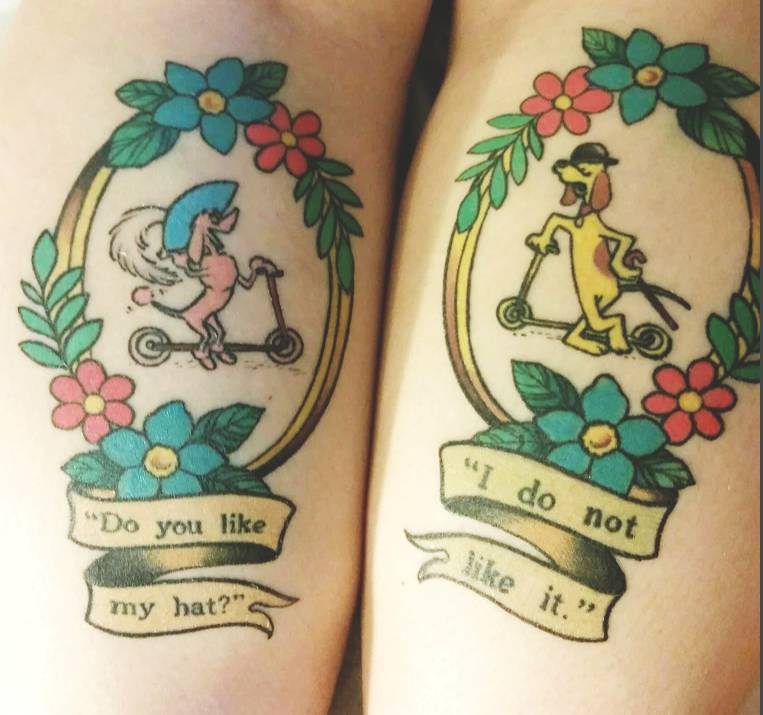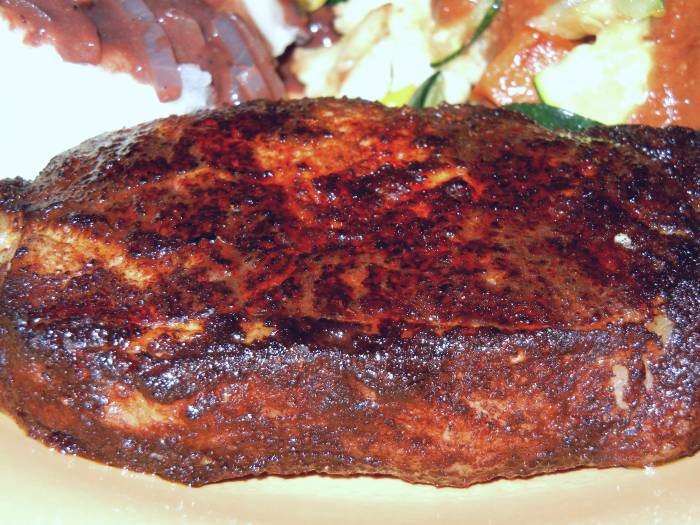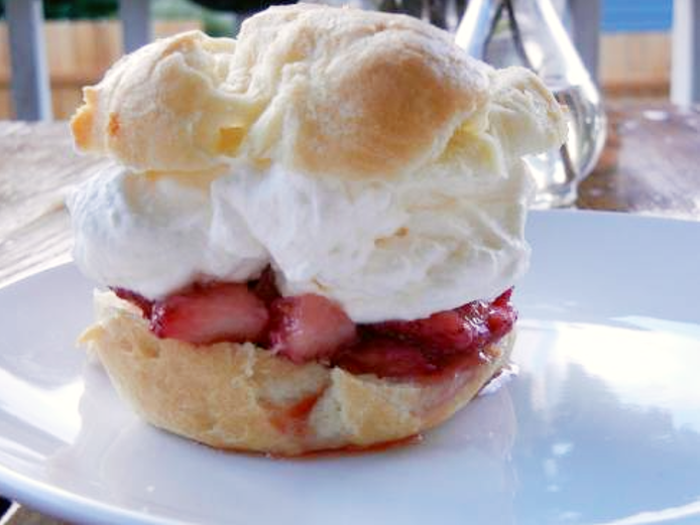My favorite part of the children’s book, “Go Dog Go!” penned by P.D. Eastman (a contemporary of Dr. Seuss/Theodor Geisel) are the vignettes where a pink dog suddenly enters wearing a hat and asks, “Do you like my hat?” They’ve always been such an out-of-the-blue series of funny interactions that seem to stand out in all that’s happening in the greater text.

How well do you take rejection or criticism?
After receiving a rejection of the hat from a yellow dog, who states simply, “I do not like it,” our heroine (a pink poodle) continues on her way, waving a cheery “goodby [sic].” She does not appear to be mad, hurt, or even annoyed. She simply continue on with life, presumably looking for the next great hat— one that might receive the appreciation she believes it deserves.
Though many have used this book’s interaction over hats to demonstrate what they believe to be an anti-feminist theme: an insecure female forever seeking the approval of the male gaze, changes herself to make him like her. In truth, even as a good feminist, I’ve never looked at it quite that way. Instead, I see it more as a study in taking criticism.
Honest versus nice
The first time I saw the interaction between these brightly colored canines, I thought the yellow dog was rude. And so did my son. He was ready to go after that yellow dog for his rejection, and in defense of the “poor pink dog.” He wanted to, as he said, “sock him in the nose.” But as we kept reading and seeing these interactions play out throughout the book, I said to my son, “Well, she doesn’t seem too bothered by what he’s saying, though, does she?” and “She doesn’t seem to be taking it too personal.” Still he said, “It wasn’t nice.” And he was probably right. It may not have been nice but it was honest.
I mean, she DID ASK yellow dog HIS his opinion and if you’re going to do that, you have to be prepared to hear things you might not want to. Over time, as we read and reread this little gem, my whole family came to love the dog/hat interactions. We looked forward to them and found them not only funny and silly but also, somehow, reassuring.

The truth about Yellow Dog
The truth is, pink dog was okay with herself and her life, no matter how many times yellow dog seemingly rejected her hats. In fact, she was secretly influencing yellow dog with her confidence. This is illustrated by the fact that the subsequent times we meet yellow dog, he too is now wearing hats. He may be rejecting her hats but not her penchant for wearing them. That in itself shows that neither dog holds the other ill will.
In fact, I’d say yellow dog might be the most ride-or-die bestie there is and pink dog appreciates that level of honesty. I mean who doesn’t love a friend who has your best interests at heart. He’s never nasty or unkind. He tells her the truth, even if she might not like it, because he’s got her back. I mean, if a trusted friend won’t tell you the truth, who can you count on? Yellow dog stans a pink poodle’s style trends, finding a way to take inspiration, while still making it all his own. And for her part, Pinkie never takes the solicited opinion as a dig. She knows yellow dog has her back and if she feels differently about her hat, we know she’ll still carry on wearing what she wants.

(*But thanks to Eastman, we also get the satisfaction of seeing our heroine FINALLY receive the glowing review from yellow dog on her over-the-top party hat.)
But what does it all mean?
If you look on the internet, you will see many have written about the “Do you like my hat?” dogs, each with their own unique viewpoint. It’s become a sort of Rorschach Test for the generations that have loved it. Each combing the text and illustrations for clues to support their theories or feelings, all with an eye towards the subtext, and what it’s all supposed to mean. And that, my friends, is the hallmark of good writing. We all get to bring who we are and how we see life to the work.
For me, “Go Dog Go!” comes with a hefty dose of both positivity and pragmatism. A message that shows, you decide your worth. You don’t have to let others’ opinions shape the way you think about yourself your abilities. It’s your choice. This is evidenced in the book by the way, over and over again the pink poodle casually sloughs off what could be perceived by others as an outright rejection of her and her hat. She simply moves on, no grudges — no sycophantic need to be liked. Just a pragmatic attitude. She asked for an opinion and she received one. Nothing personal.
I think that’s the lesson here for children and adults alike, she asks his opinion but she is not wrecked by his honesty. He, for his part, is honest but not mean-spirited or even rude. He simply answers her question as directly as she puts it and after their exchange, they both return to their lives, seemingly none the worse. In fact, they remain friendly enough that she continues to ask his opinion and takes it for what it is, with no harm done. Now, that’s some pretty great messaging for building confident kids.
How does “Go Dog Go!” apply to creatives?
It’s a reminder that everyone in this world expressing their own opinions and perspectives, is doing so, not necessarily to cause harm. Sure there are those things designed to hurt or reject someone or something, but MOST are not. They are just opinions and they have more to do with the identity of the person expressing them than with you. (Even this one!) These opinions are simply a statement of what that person is thinking and feeling at that moment in their life (it could change at any point), based upon their thoughts, experiences, longings, and unique perspective. All of which has very little at all to do with you. So, don’t take it so personal.
For an artist, writer, or creative of any kind it is a battle cry to keep going in the face of rejection, keep trying and honing your craft through all the rejections and criticisms, for somewhere out there, maybe just around the next corner, is your audience, your book contract, your gallery showing — your resounding “YES!”






